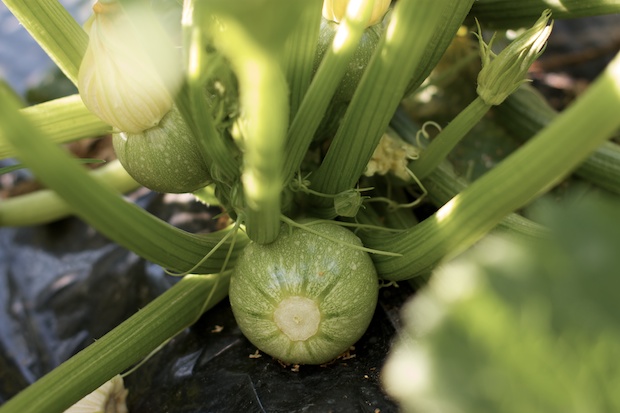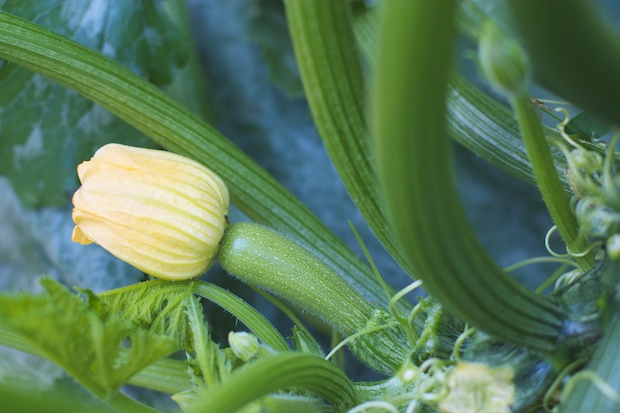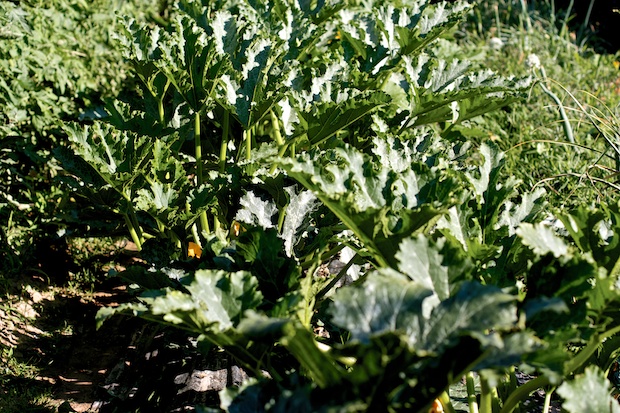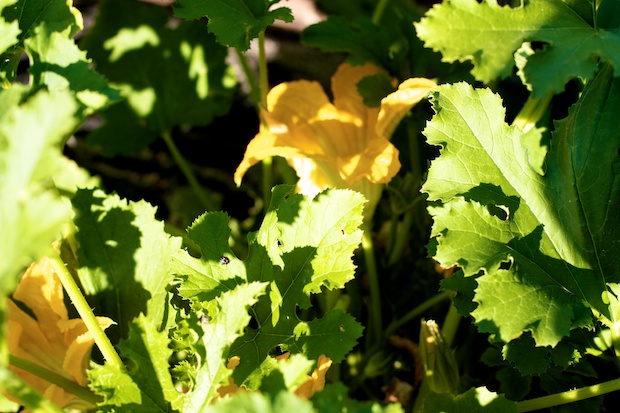This post is also available in: English
Le zucchine hanno sempre fatto parte di una alimentazione estiva.
Nella mia famiglia se ne mangiava in grandi quantità soprattutto lesse e la domenica ripiene con la besciamella (vedi ricetta in archivio).
Mia zia era l’ortolana della casa. A lei piaceva sperimentare nuove varietà. Così quando qualcuno le proponeva semi di zucchina diversa dal solito lei era contenta di seminarli per “vedere cosa viene fuori”. Così nel nostro orto abbiamo avuto zucchine gialle a forma di turbante buone per essere fritte, altre gialle allungate adatte per fare in padella con il pomodoro, le verdi scuro, quelle più chiare e altre striate.

“Niente rinfresca più di una zucchina fresca” era solita sentenziare ogni volta che si apprestava a mangiarne un bel piatto.
Le zucchine, come le zucche, sono originarie dell’America Centrale e dell’Asia Meridionale.
Hanno un basso contenuto calorico (20 calorie x 100 grammi) essendo costituite prevalentemente da acqua.
Contengono potassio, magnesio, fosforo, calcio, acido folico, vitamina A e E.
Sono adatte anche per i diabetici.
Sono facili da coltivare. Richiedono uno spazio molto ampio perché sono piante notevoli.
Una volta lavorato il terreno e concimato, dopo l’impianto richiedono solo innaffiature costanti. Per avere una produzione estiva è necessario piantarle a fine marzo, primi di aprile.
Le zucchine si possono anche consumare crude grattugiandole in un’ insalata mista.
I fiori sono deliziosi passati in pastella e fritti.
Le zucchine rotonde sono adatte per ripieni.






